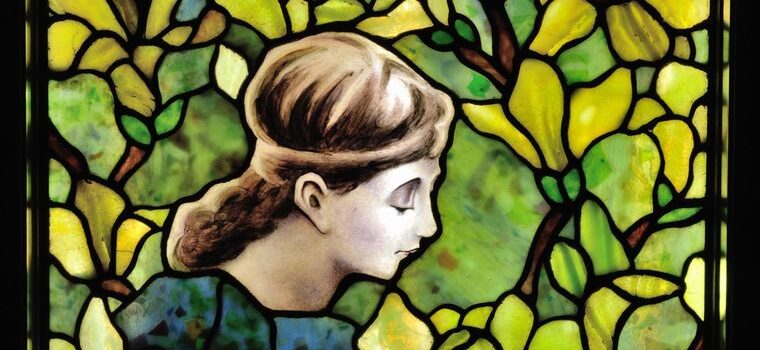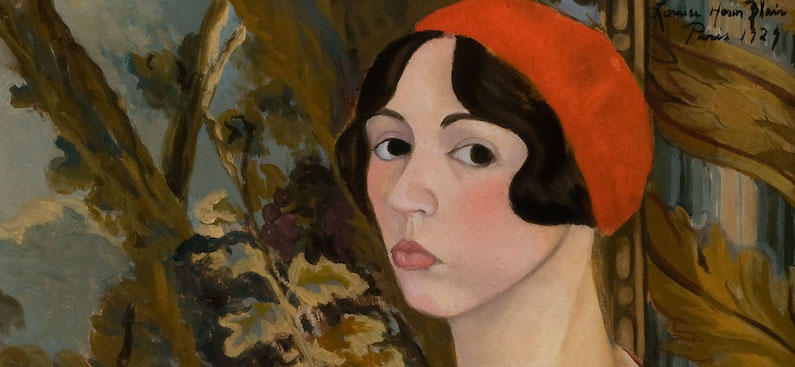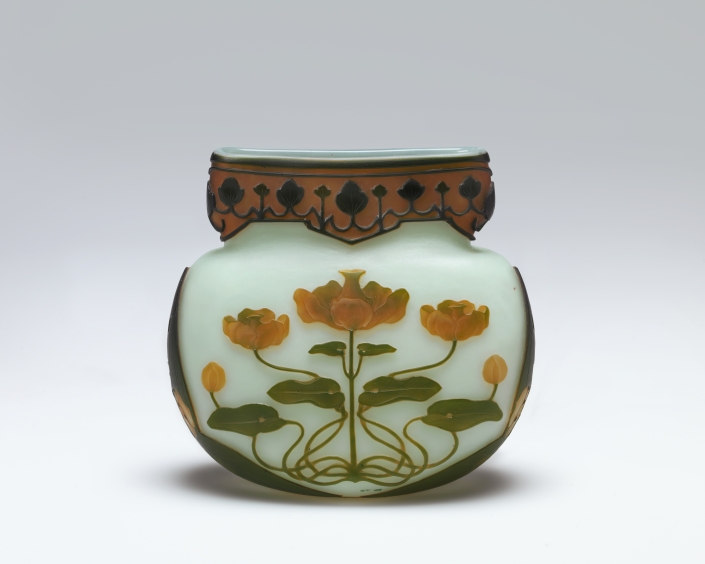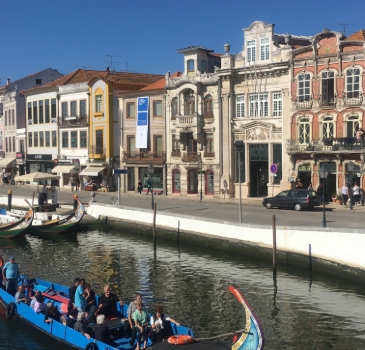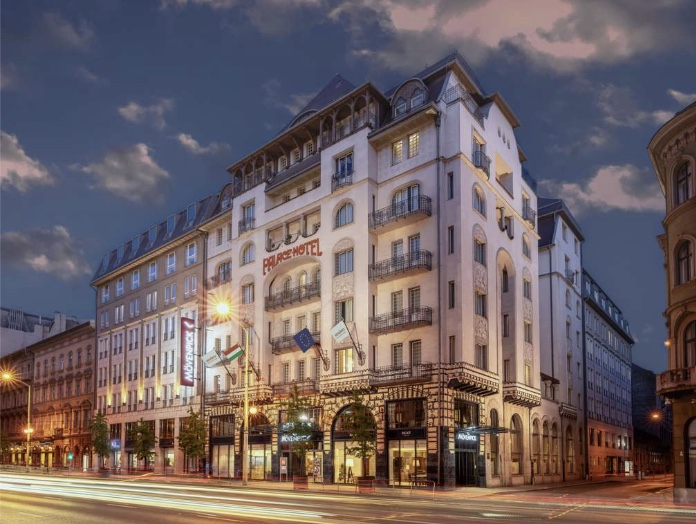Art Nouveau held significant importance in Europe as a transformative artistic movement around the turn of the 20th century. It emerged in Europe as a powerful reaction against the prevailing artistic norms of the late 19th century, specifically against academic art, eclecticism, and historicism. Artists and designers across the continent sought a “new art” that reflected the modern era and broke free from past conventions. This sentiment is echoed in the preface to the Munich periodical Jugend, which gave the style its German name, stating, “We want to call the new weekly Youth. This really says all we have to say.”
This desire for innovation was also a response to industrialization, which threatened traditional crafts, and against the perceived superficiality of earlier styles. The English Arts and Crafts movement, spearheaded by William Morris, played a crucial role in this reaction by aiming to “turn our artists into craftsmen and our craftsmen into artists”. This movement, focusing on craftsmanship and reform in design, greatly inspired Continental artists.
Key Characteristics and Inspirations:
Art Nouveau was characterized by its highly decorative and ornamental nature, featuring abundant arabesques and whiplash curves. It drew significant inspiration from the natural world, particularly botanical and zoological forms, as seen in Daum’s designs transforming natural forms and Chini’s Floral Vase using stylized flowers. The movement also embraced symbolism and the depiction of seductive women.
Furthermore, Art Nouveau artists were captivated by non-Western art, especially Japanese art. The clear lines and flat color areas without traditional perspective found in Japanese woodblock prints appealed to European artists and influenced the flat, abstract designs seen in Art Nouveau works. The concept of flat surfaces covered with colors assembled in a certain order, as articulated by Maurice Denis, also aligns with the aesthetic of Japanese prints and became a key idea in Art Nouveau. The rhythmic freedom and swelling lines of Japanese “grass writing” were even looked at with envy by Art Nouveau letter designers.
A core tenet of Art Nouveau was the ambition to transcend the traditional hierarchy between fine arts and applied arts, striving for a “total harmony”. The goal was to create a unified artistic experience where all elements, from painting to furniture, worked together. In Germany, this pursuit was known as the Gesamtkunstwerk. This is evident in artists like Arthur Mackmurdo, who was an architect and designer influencing various crafts, and in the integrated designs of the Glasgow Style.
Evolution and Legacy:
While immensely popular, Art Nouveau eventually declined, facing criticism for its perceived association with decadence and its international character during a period of rising nationalism. A growing preference for geometric abstraction also contributed to its decline.
Despite its relatively short reign, Art Nouveau left an indelible mark on European art and design. It challenged and broke down traditional artistic boundaries, paving the way for the developments of 20th-century modernism. The movement’s emphasis on the unity of the arts and its innovative use of materials and forms continue to resonate in contemporary design. The recent renewed interest and reevaluation of Art Nouveau in exhibitions and scholarship highlight its enduring appeal and its crucial role in the evolution of modern art.
The numerous exhibitions held across Europe and the constant flow of articles in European magazines were crucial in disseminating the new style beyond local boundaries. Periodicals like Jugend, Ver Sacrum, and The Studio reflected and propagated the Art Nouveau aesthetic.
Spread and National Variations:
Art Nouveau rapidly gained international success, becoming the style of fashion and the avant-garde across Europe. However, it manifested with distinct national characteristics and under different names. The main European cities for art nouveau are:
Alesund, Norway
Alesund offers stunning views from Sukkertoppen and Fjellstua. Spring brings pleasant weather for boat tours to the Hjørundfjord. https://artnouveau.club/city/alesund
Antwerp
Antwerp is a city rich in history and culture, with a vibrant fashion scene and a thriving diamond industry. https://artnouveau.club/city/antwerp
Aveiro, Portugal
Aveiro, known as the “Venice of Portugal,” is famous for its canals and colorful Moliceiros boats. Spring is an ideal time to explore the city’s Art Nouveau architecture and enjoy the pleasant weather. https://artnouveau.club/city/aveiro
Barcelona, Spain
Barcelona is renowned for its stunning architecture, vibrant culture, and bustling city life. Spring offers mild temperatures, making it perfect for exploring iconic landmarks. https://artnouveau.club/city/barcelona
Brussels, Belgium
Brussels, the capital of Belgium, is a city rich in history, culture, and architecture. Spring brings pleasant weather, making it an ideal time to explore the city’s famous landmarks. https://artnouveau.club/city/brussels
Budapest, Hungary
Budapest is known for its stunning architecture, rich history, and vibrant culture. Spring offers mild temperatures, making it perfect for exploring the city’s famous landmarks and enjoying outdoor activities. https://artnouveau.club/city/budapest
Helsinki, Finland
Helsinki, the capital of Finland, is a city that combines modern design, rich history, and natural beauty. Spring brings longer days and milder temperatures, making it an ideal time to explore the city’s famous landmarks. https://artnouveau.club/city/helsinki
Lviv, Ukraine
Lviv is a city rich in history, culture, and architecture. Spring brings pleasant weather, making it an ideal time to explore the city’s famous landmarks and enjoy outdoor activities. https://artnouveau.club/city/lviv
Milan, Italy
Milan is renowned for its fashion, art, and culture. Spring offers mild temperatures, making it perfect for exploring the city’s famous landmarks and enjoying outdoor activities. https://artnouveau.club/city/milan
Nancy, France
Nancy is known for its rich history, beautiful architecture, and cultural attractions. Spring brings pleasant weather, making it an ideal time to explore the city’s famous landmarks and enjoy outdoor activities. https://artnouveau.club/city/nancy
Paris, France
Paris, the City of Light, is famous for its iconic landmarks, rich history, and vibrant culture. Spring brings mild temperatures and blooming flowers, making it an ideal time to explore the city’s famous attractions. https://artnouveau.club/city/paris
Porto, Portugal
Porto is known for its rich history, beautiful architecture, and famous port wine. Spring brings pleasant weather, making it an ideal time to explore the city’s famous landmarks and enjoy outdoor activities. https://artnouveau.club/city/porto
Prague, Czech Republic
Prague is renowned for its stunning architecture, rich history, and vibrant culture. Spring offers mild temperatures, making it perfect for exploring the city’s famous landmarks and enjoying outdoor activities. https://artnouveau.club/city/prague
Riga, Latvia
Riga, the capital of Latvia, is known for its stunning architecture, rich history, and vibrant culture. Spring brings pleasant weather, making it an ideal time to explore the city’s famous landmarks and enjoy outdoor activities. https://artnouveau.club/city/riga
St. Petersburg, Russia
St. Petersburg is renowned for its stunning architecture, rich history, and vibrant culture. Spring offers mild temperatures, making it perfect for exploring the city’s famous landmarks and enjoying outdoor activities. https://artnouveau.club/city/st_petersburg
Szeged, Hungary
Szeged is known for its rich history, beautiful architecture, and famous thermal baths. Spring brings pleasant weather, making it an ideal time to explore the city’s famous landmarks and enjoy outdoor activities. https://artnouveau.club/city/szeged
Turin, Italy
Turin is renowned for its rich history, beautiful architecture, and famous landmarks. Spring offers mild temperatures, making it perfect for exploring the city’s famous attractions and enjoying outdoor activities. https://artnouveau.club/city/turin
Vienna, Austria
Vienna is famous for its stunning architecture, rich history, and vibrant culture. Spring brings mild temperatures, making it an ideal time to explore the city’s famous landmarks and enjoy outdoor activities. https://artnouveau.club/city/vienna
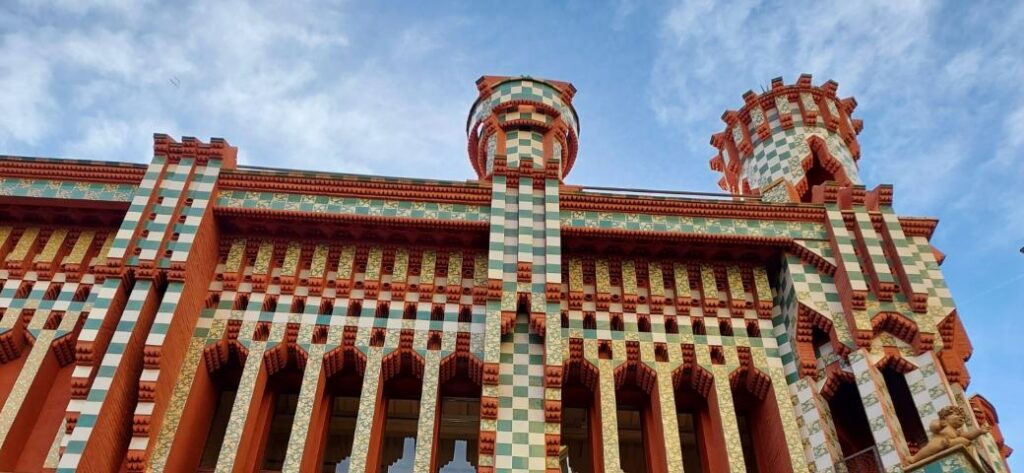
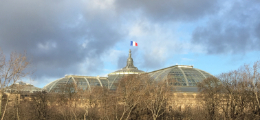

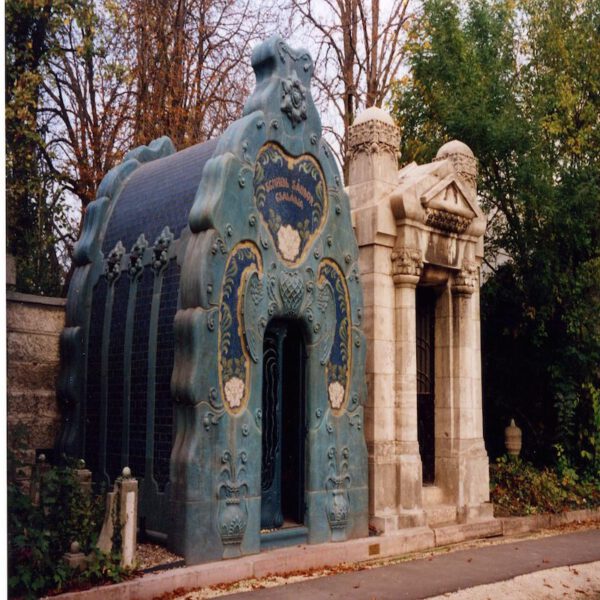

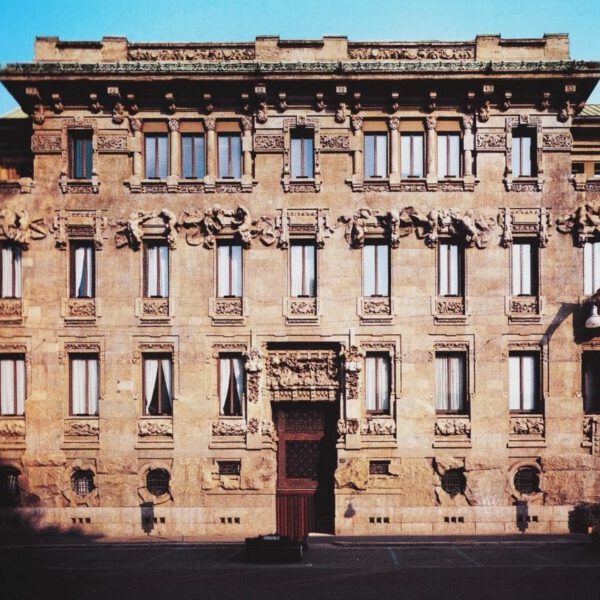



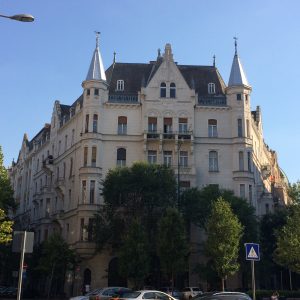

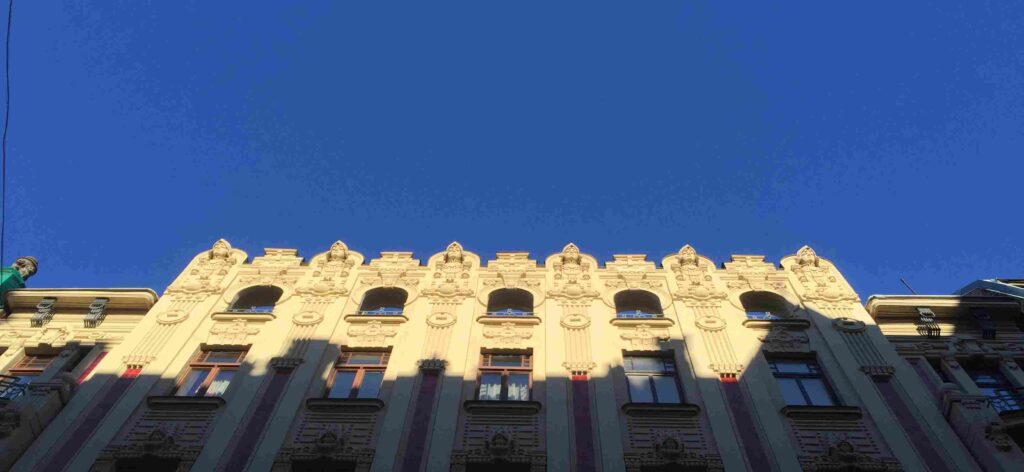

Living museums: traveling the world through the legacy of art nouveau:
As a conclusion, how wonderful it is to travel and immerse oneself in the world of art! Discovering the places where artistic movements like Art Nouveau flourished is an enriching experience that allows us to connect directly with history and human creativity. Imagine the pleasure of strolling through the streets of Paris, encountering the iconic Metro entrances designed by Hector Guimard, with their sinuous, nature-inspired forms. Or the marvel of visiting Barcelona and admiring the organic and vibrant architecture of Antoni Gaudí, such as the Casa Milà.
A trip to Brussels would allow you to explore the innovative bourgeois houses of Victor Horta, like the Tassel House and the Van Eetvelde House, with their intricate ironwork and abundant light streaming through their multiple windows, testaments to the audacity and “beauty appears to us in perpetual variety” ideal of the style. In Vienna, you could admire the opulent decoration of Gustav Klimt, with his portraits of “seductive women” perhaps, contrasting with the more geometric and functional designs of Josef Hoffmann associated with the Vienna Secession, showcasing the diversity within the Viennese interpretation. And in Glasgow, the subtle elegance and soft lines of Charles Rennie Mackintosh in his “wonderful buildings and furniture” like the Glasgow School of Art, would offer a different perspective, marked by “gentle touches of curve, color, and asymmetry”.
Other cities, such as Nancy, which emerged as a “bustling workshop for new creativity” with figures like Daum known for their crystal studio during the Art Nouveau period, or Turin, host to the 1902 exhibition that was an “emblematic event of the style”, also offer valuable encounters with Art Nouveau. Even in London, with Arthur Lasenby Liberty’s shop popularizing the style, and further afield in New York, where Louis Comfort Tiffany transformed designs into stained-glass windows for Bing, and Chicago, where architects like Louis Sullivan incorporated Art Nouveau elements, you can find traces of this international movement.
Each of these European and American destinations provides the opportunity to experience firsthand the beauty and innovation of Art Nouveau, a style that sought to break free from past conventions and create a “new art”, and which today continues to please us, often refresh us, sometimes worthy of wonder, and always interesting. Traveling to these places is like stepping into a living museum, where the history of art unfolds before our eyes, enriching our understanding and appreciation of this important European artistic movement.

